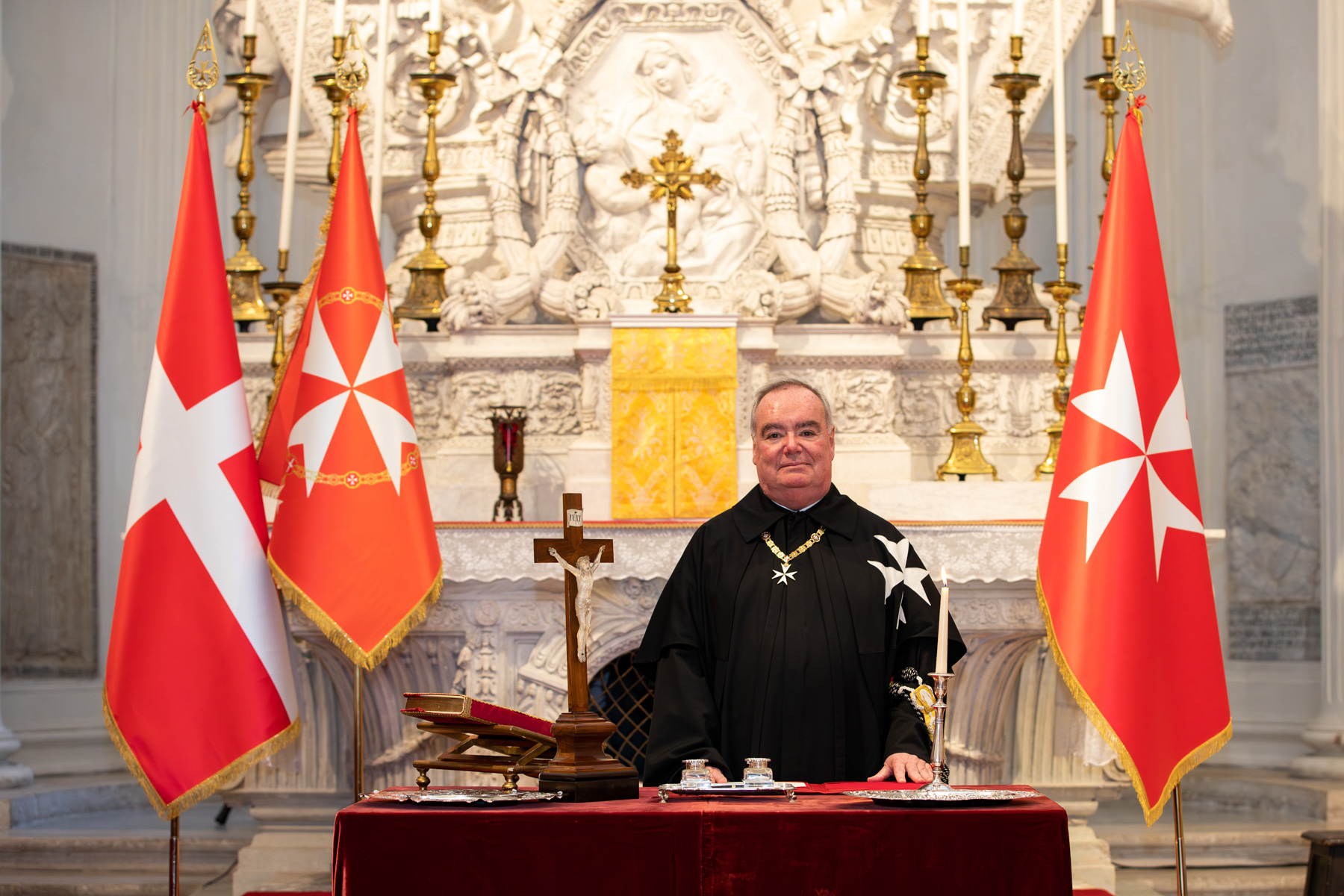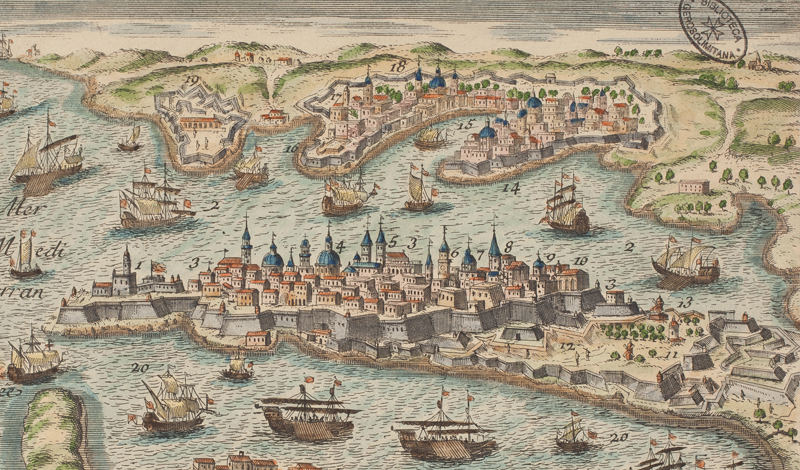Orders of ST John

Orders of St John of Jerusalem
Apart from the Sovereign Order of Malta, there are other four Orders of St. John which are recognised as orders of knighthood
These are distinguished from other national orders by their Christian faith and their traditions of lay Christian Orders. The four Orders of St. John of Jerusalem are associated in the Alliance of the Orders of St. John and share the same historic tradition and the same mission: giving assistance to the sick and the poor.
They are recognised by the sovereign authorities of the countries they are based in.
The five Orders of St. John together maintain a website that delves into their common history, charitable activities and projects developed jointly today:
https://ordersofsaintjohn.org
The following is a brief description of the four Orders of St. John recognised by the Sovereign Order of Malta.
Bailiwick of Brandenburg of St. John and Jerusalem
The Order of St. John had settled in Germany during the 12th and 13th centuries, founding a Grand Priory. In the 16th century, a section of the Grand Priory, the Bailiwick of Brandenburg of the Order, became protestant, under the protection of the Margraves of Brandenburg, who were to become Kings of Prussia.The Bailiwick continued to maintain friendly relations with the Sovereign Order of Malta. In 1811, it was suppressed by the King of Prussia who later founded the Royal Prussian Order of St. John as an order of merit. In 1852, the Order regained the name of Bailiwick of Brandenburg and became a noble Order of Prussia.
In 1918, after the fall of the monarchy, it was separated from the State and became independent. It is present in a number of European countries, Canada and the United States and also works in Germany with hospitals and senior nursing homes, and is responsible for an important ambulance service – the ‘Johanniter Unfallhilfe’. It has independent affiliations in Finland, France, Hungary and Switzerland.
Order of St. John of the Netherlands
The Order of St. John began to spread across the Netherlands in the 12th century. The Prussian king suppressed the Bailiwick of Brandenburg in 1811.A number of Dutch members, moreover, gathered together to found it again in 1852. In 1909, an affiliation was created in the Kingdom of Holland. In 1946, the entity separated from the German Order and was annexed to the Dutch Crown, but not as a State Order.
This Order currently runs hospitals and hospices and collaborates with the Sovereign Order of Malta in various charitable activities.
The Order of St. John settled in Scandinavia in the 12th century and became Protestant in 1530.The new Order of St.John in Sweden belonged initially to the Bailiwick of Brandenburg and was re-organised in 1920 as dependent of the German Order but now under the protection of the Swedish Crown.
It became independent from the German Order in 1946, under the protection of the king of Sweden. Today, this Order provides care for the elderly and the sick and collaborates with Swedish hospitals, with charitable organisations and with Christian communities.
It is also involved in international activities on behalf of refugees and political prisoners.
Venerable Order of St. John
The Order of St. John settled in the British Isles in the 12th century and, except for a short period during the reign of Queen Mary, it ceased to exist under King Henry VIII.The Venerable Order developed after an unsuccessful attempt to restore the Order of St. John in the United Kingdom in 1830. It was only in 1870 that it was established as a humanitarian foundation. In 1888, the Order was recognised by Queen Victoria not as a State Order but as an Order of the Crown.
It is very well known today for its ambulance services, active in many countries, for its ophthalmic hospital in Jerusalem and for its first-aid and nursing services. The Venerable Order has priories and associations in some 40 countries, mostly English-speaking.
Among all the Orders of St. John, this is the only one that has no religious restrictions in its admission procedure.











